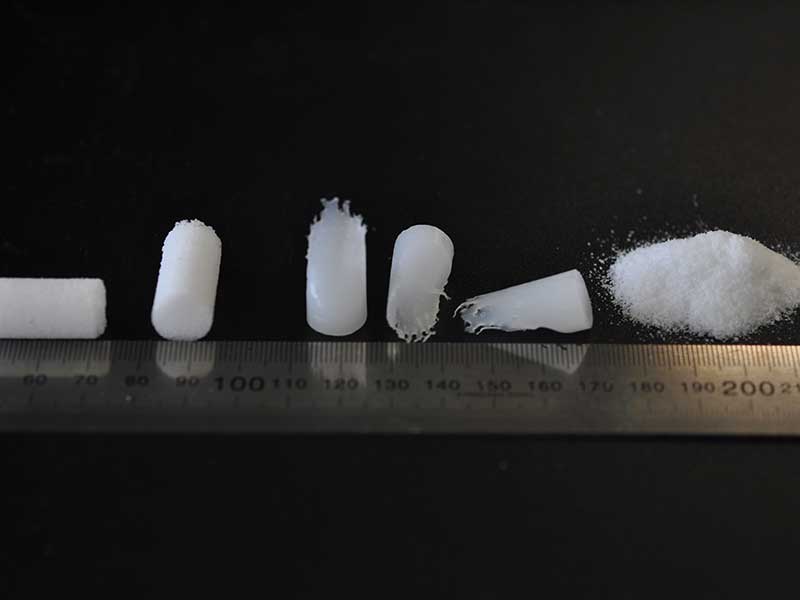Porosity to improve craniofacial surgical implants
The potential of miniature implants to deliver controlled doses of medicine over many months is expected to revolutionise health care and improve treatment.
A technique to make polymer-based skull implants more bone-like in their structure has been developed to improve outcomes for patients relying on implants to repair cranial injuries.
When it comes to repairing a skull, tiny holes within the structure of the implants – similar to those that exist in bone – have the potential to improve the bond of the implant by allowing adjacent bone and soft tissue to grow into these gaps.

The medical device manufacturing company Anatomics has been making cranio-facial implants using a high-strength polymer and titanium for many years. These are used to repair damage to the skull or face from a traumatic injury or tumour removal, or to rectify a congenital disorder.
When Anatomics decided to investigate a more porous structure for its implants it approached the University of Melbourne’s Department of Biomedical Engineering for help. Professor Andrea O’Connor led this research, through the Department’s Tissue Engineering Group.
Researchers used a range of variables to modify the structure of a commercial polymer. The aim was to create a pattern of tiny, interconnected pores in the material while maintaining the required strength.
A Victorian Government Technology Voucher helped to fund further research to commercialise the technique. The CSIRO was then able to develop the production process to allow commercialisation of the medical implants. Anatomics now markets its new implants as PoreStar®, which takes its name from the porous architecture and the star shaped particles used in production.
Professor O’Connor says integrating implants with host tissue is a challenge for many types of medical implants. Slipping or movement of the implant can damage the surrounding area. The porosity of Anatomics’ new implants has the potential to improve the integration of the implant with existing bone and other tissue, which would create a stronger bond and improve the end results for patients.
